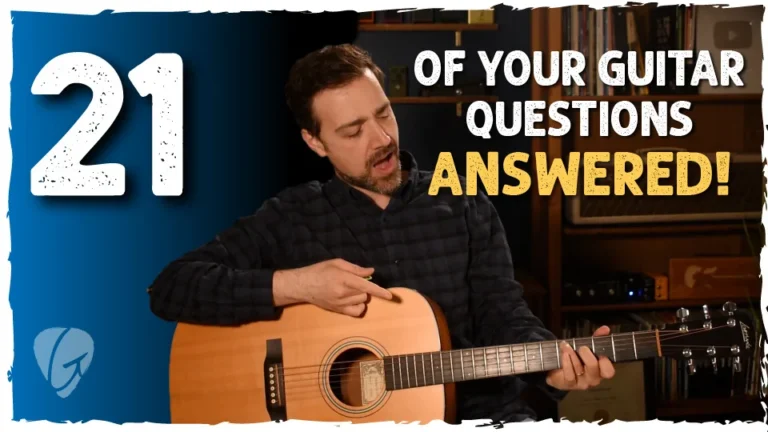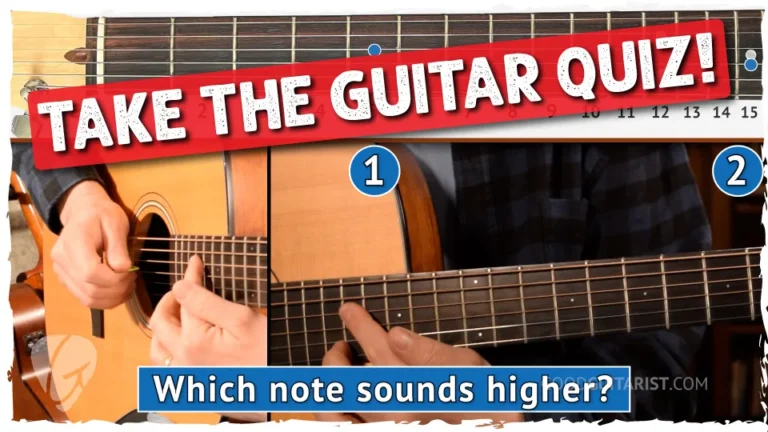How to Play Hammer-Ons on Guitar (With Real Song Examples)
Learn how to play clean, rhythmic hammer-ons on guitar and apply them in real musical contexts. Includes tips, exercises, and song examples for beginners and beyond.
In this lesson, I’m going to walk you through one of the most useful techniques on guitar – the hammer-on. We’ll start with the basics, I’ll show you how to make your hammer-ons sound clear and rhythmic, and then we’ll dive into how to actually use them in real songs and riffs. If you’ve ever learned this technique but weren’t sure when or where to use it, this one’s for you.
What Is a Hammer-On?
A hammer-on is when you press a finger down onto a string hard enough to make a note sound without picking it again. It’s a great way to add fluidity and expression to your playing.
How to Practice Hammer-Ons
There are many ways to approach this technique, depending on the musical setting. In this lesson we’ll focus on the 3 most common ways to use it.
- Within the pentatonic scale for riffs, licks and solos
- In the “open” position (watch the video… as I write these down I realize how lame they seem on paper vs how cool they actually are when you play them on guitar!)
- Within chord shapes
✅ Pro Tips:
- Use the tip of your finger.
- Keep your motion controlled and quick – don’t lift your finger too far away.
- Try to match the volume of a picked note.
- With good technique, the hammer-on should sound just as strong as a picked note.
Rhythmic Timing
You can use hammer-ons in two main rhythmic contexts:
- Grace Notes (quick, expressive taps)
- Rhythmic Values (like an eighth or quarter note)
This opens up a world of groove-based applications!
How to Use Hammer-Ons in Songs
Knowing the technique is one thing, but let’s talk real music:
🎸 In the Pentatonic Scale
This is where hammer-ons really shine. They’re all over your favorite riffs. Try adding them to your pentatonic licks to spice things up.
If you’re new to soloing, I have a full lesson on using the pentatonic scale – check that one out for more context.
🎸 With Open Chords
One of my favorite ways to make chords sound more alive:
- On a C chord, leave a finger off, then hammer it down mid-strum.
- On a D chord, use your index finger for a sweet little embellishment.
- In Elliott Smith’s “Condor Ave”, there’s a great example hammering onto the root note of a C chord on the A string.
🎸 In Open Pentatonic Riffs
After a G or Em chord, you can slide right into a hammer-on based riff. Super satisfying and very musical.
Want to Go Further?
If you’re serious about leveling up your lead playing, check out my course The Complete Lead Guitarist.
Thanks for spending time with me today! I hope you enjoyed learning how to make your hammer-ons sound clean and expressive. Keep practicing, keep having fun – and I’ll see you soon!
All-Access Pass
Start your 10-day FREE trial
- Step-By-Step Courses
- Exclusive YouTube Bonuses
- Q&A with James






